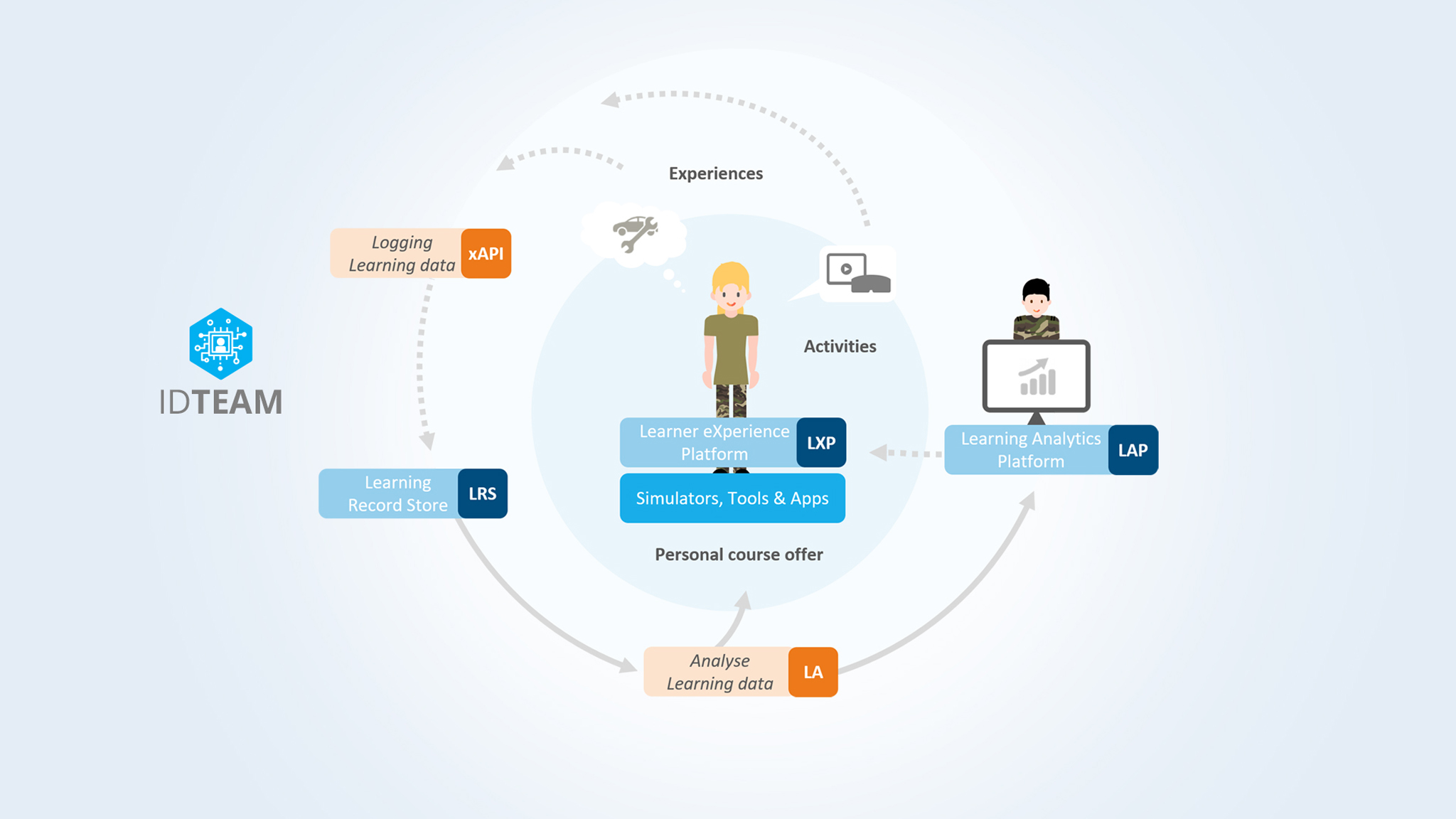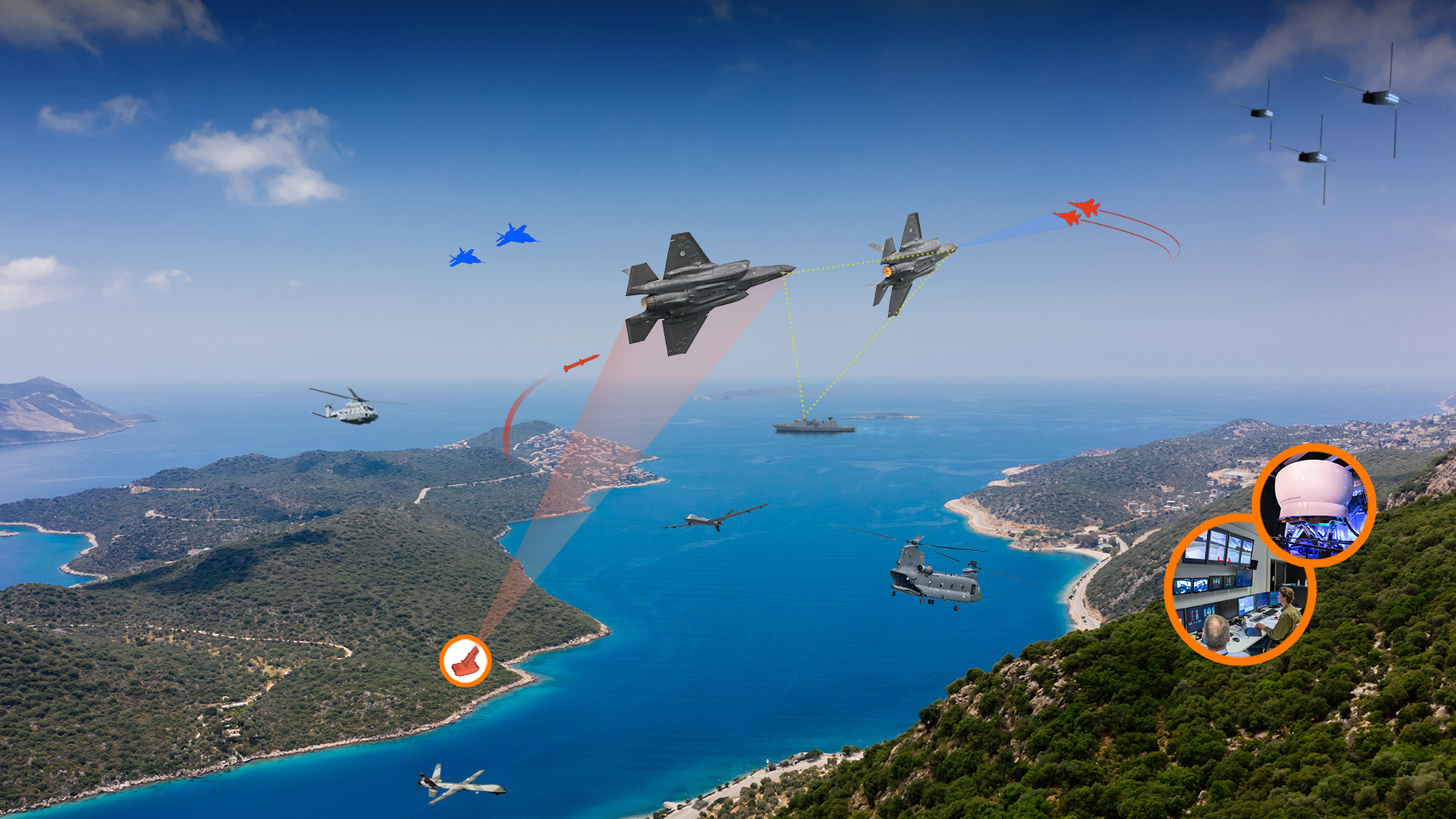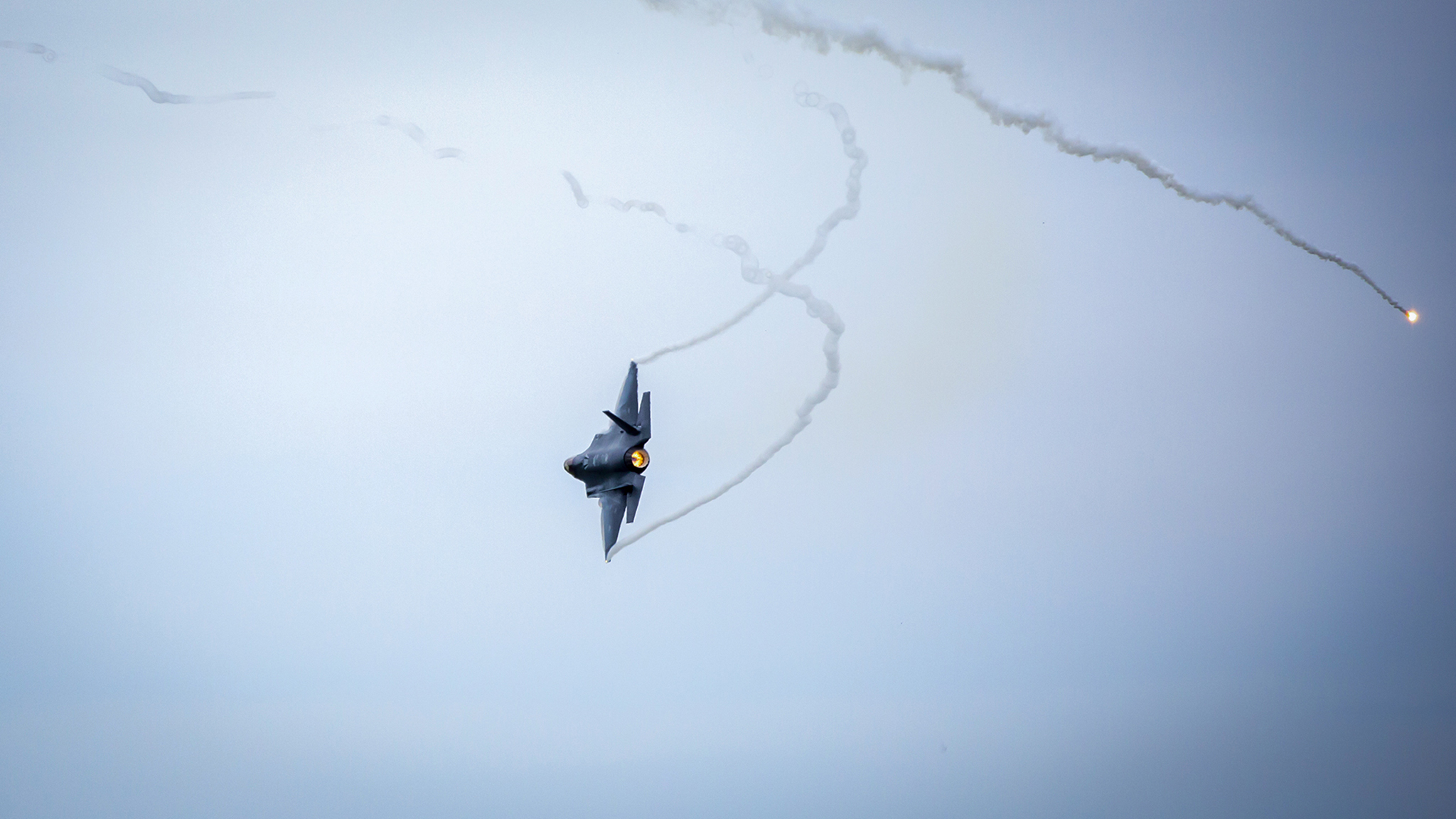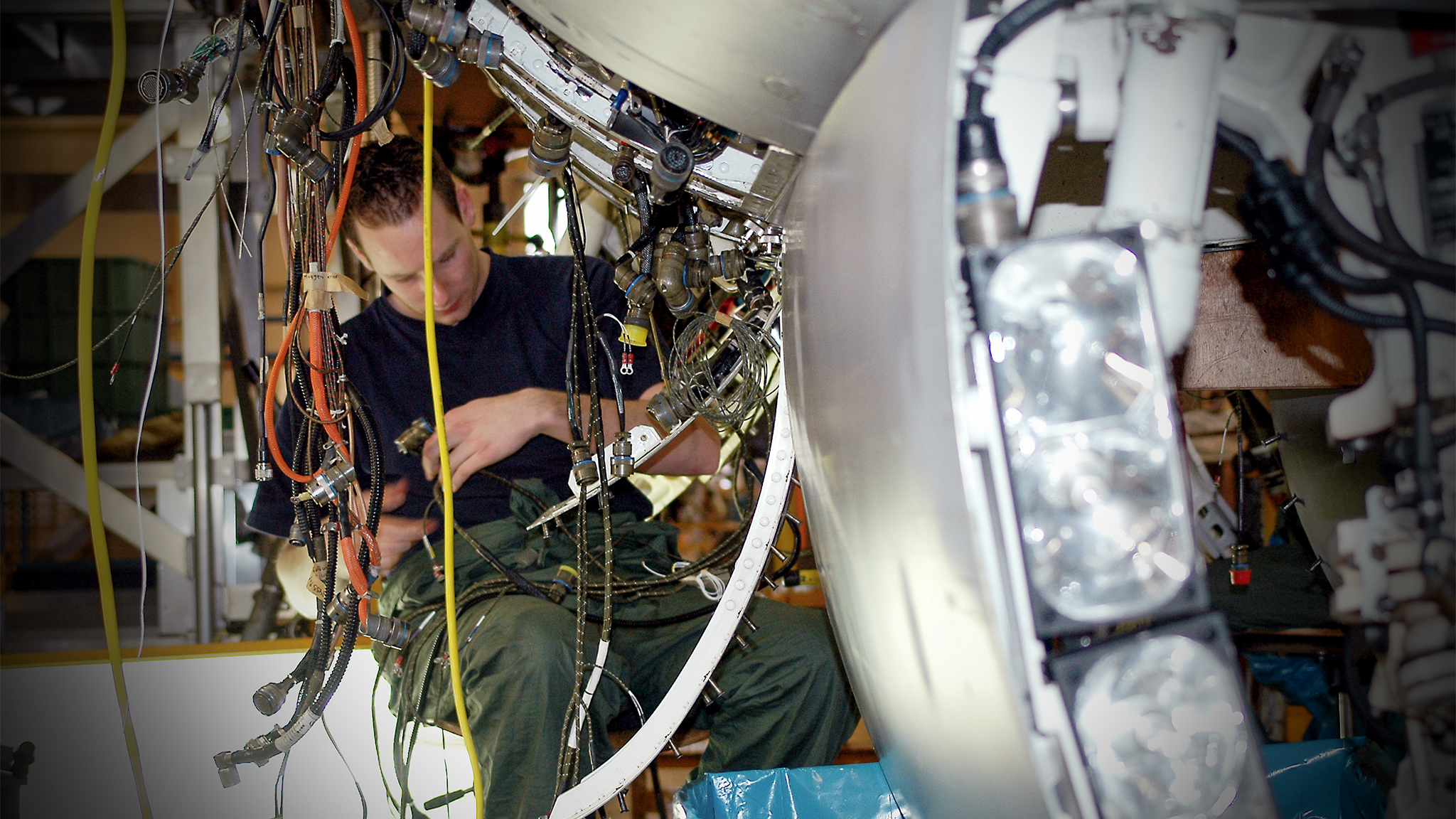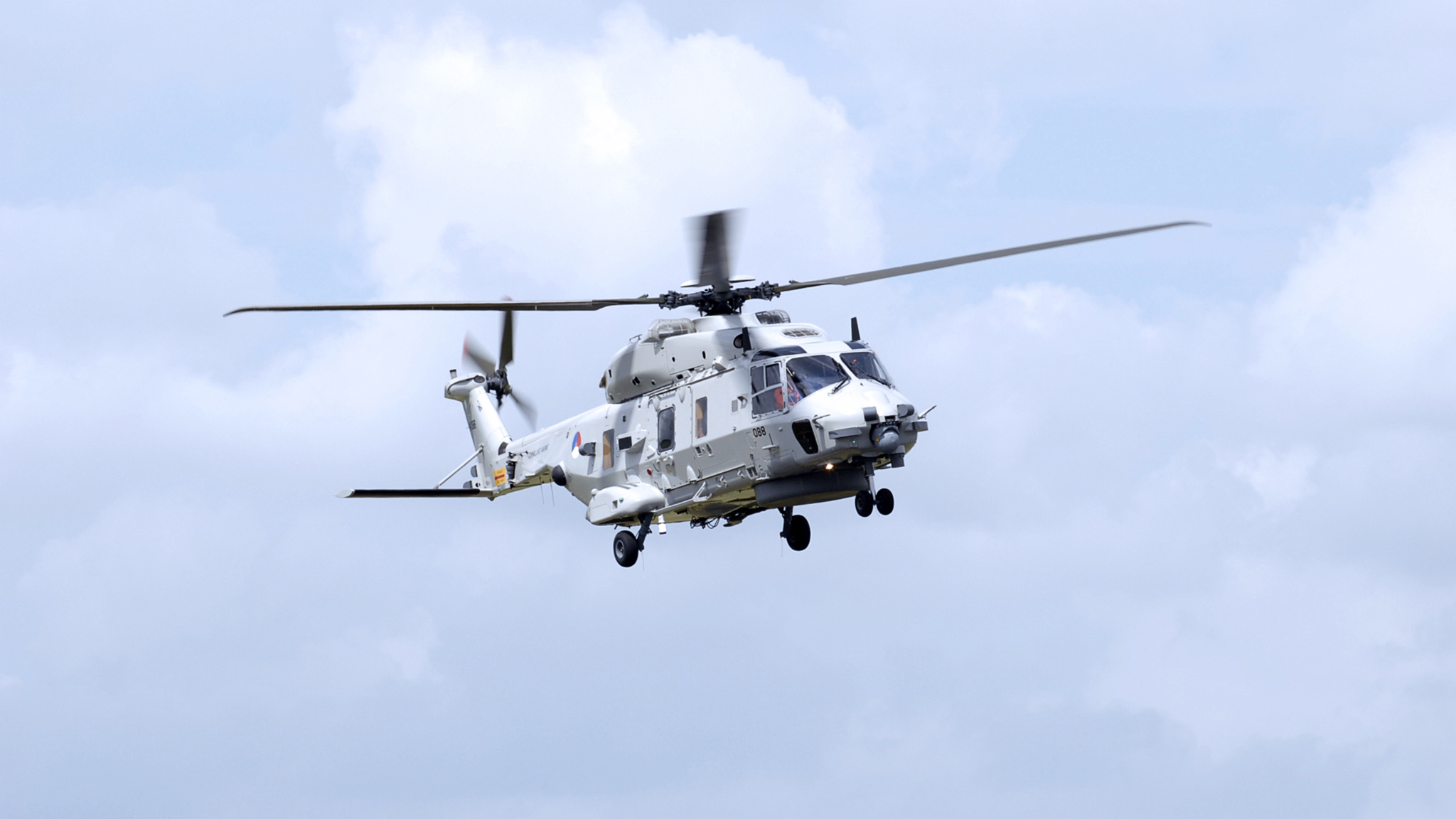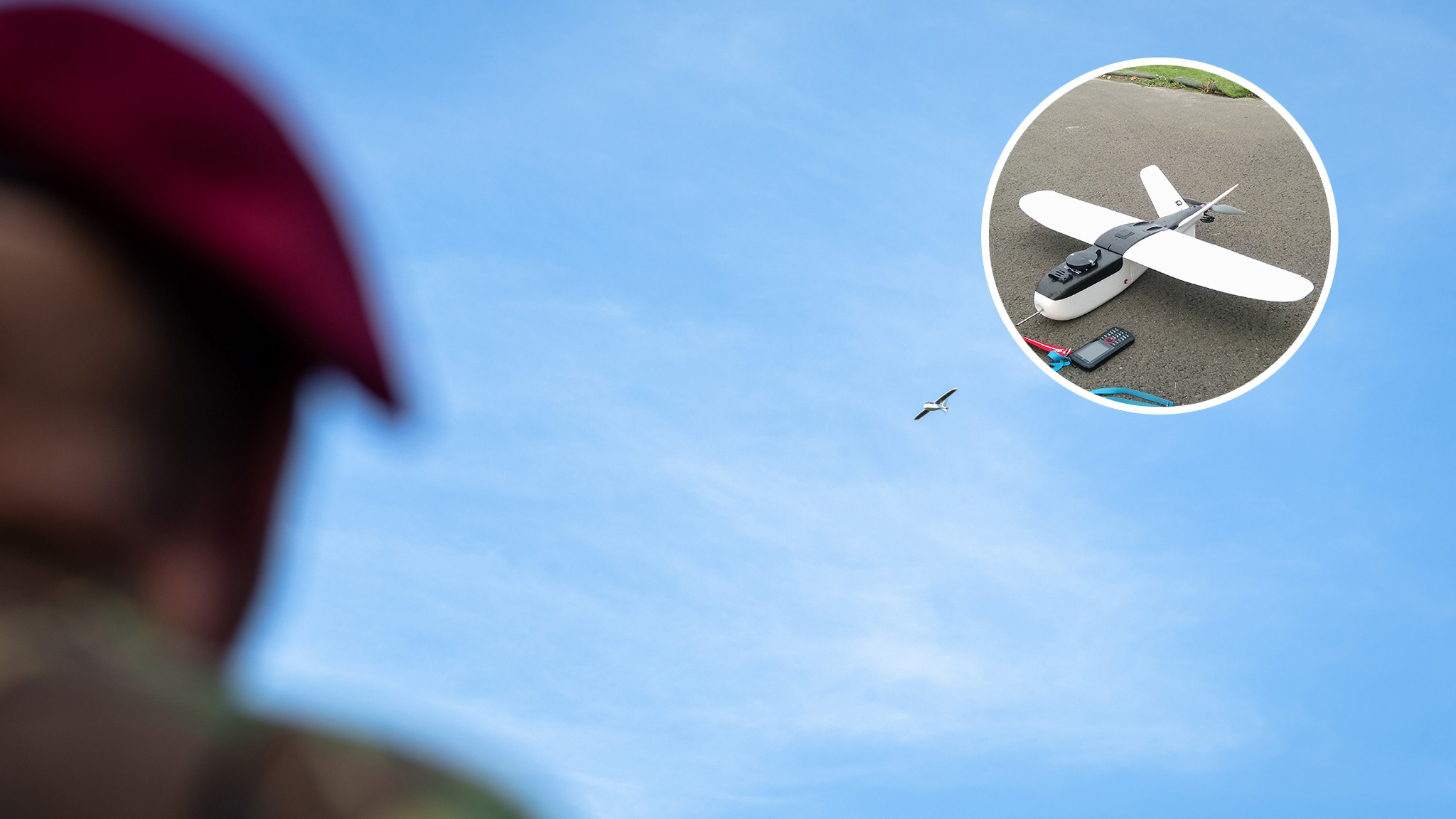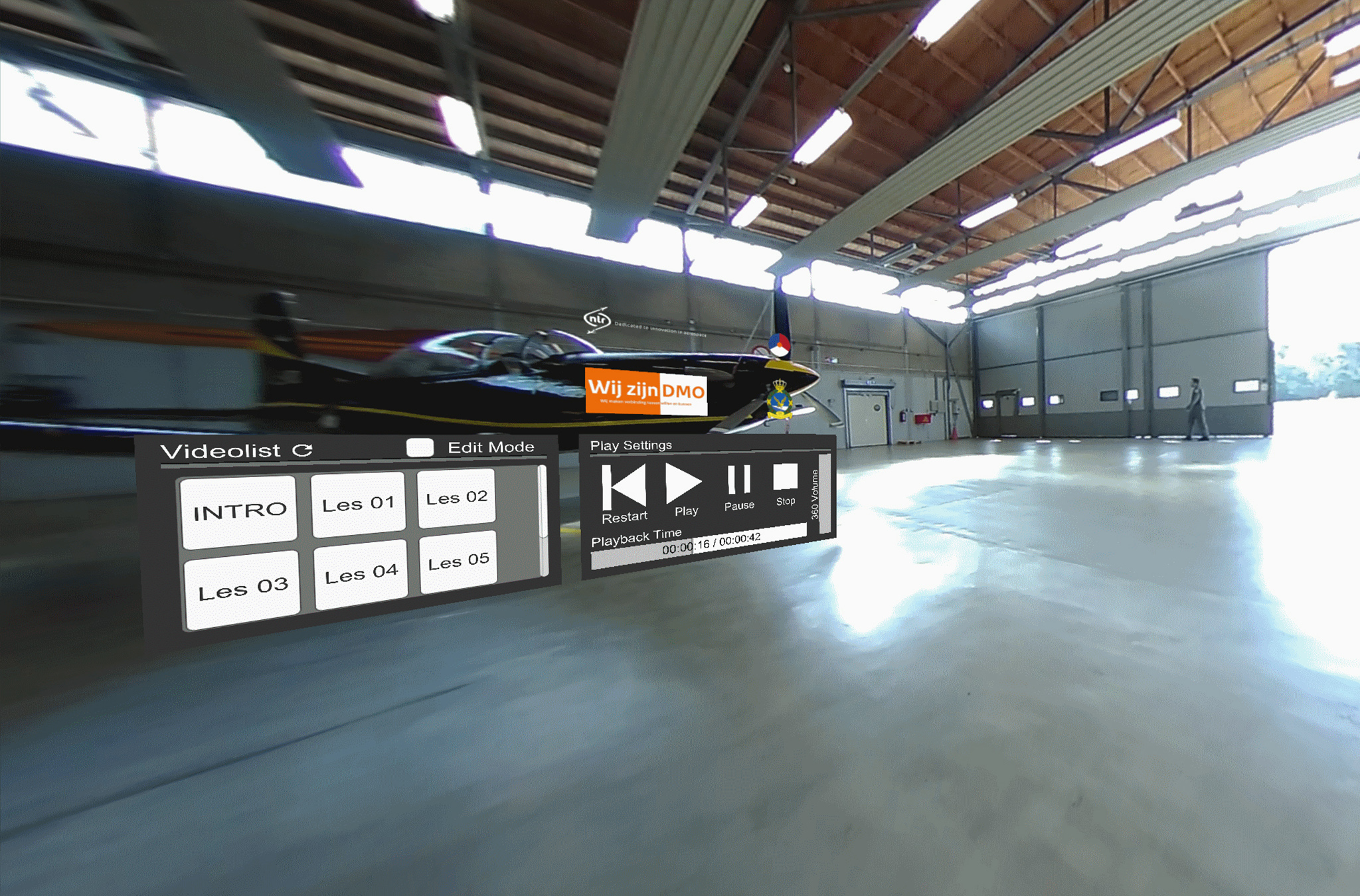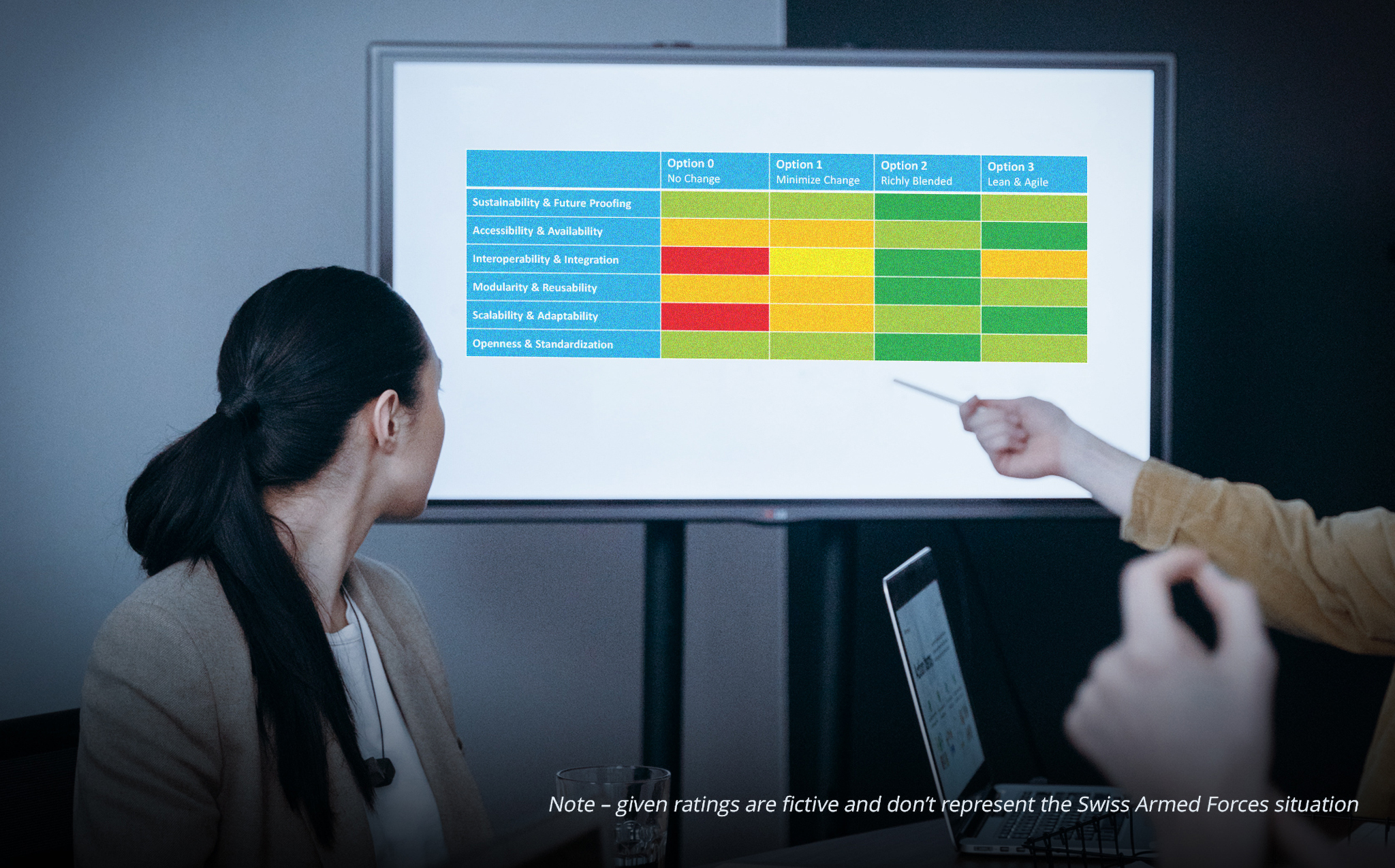
03 January 2023
Norwegian-Dutch nanosatellites successfully launched
Two Norwegian-Dutch nanosatellites were successfully launched today. “Birkeland” and “Huygens” were placed in orbit around the earth by the company SpaceX. MilSpace2 is a cooperation project between the Netherlands Ministry of Defence, the Norwegian Ministry of Defence, the Norwegian Defence Research Establishment (FFI), the Netherlands Aerospace Centre (NLR) and the Netherlands Organisation for Applied Scientific Research (TNO).
